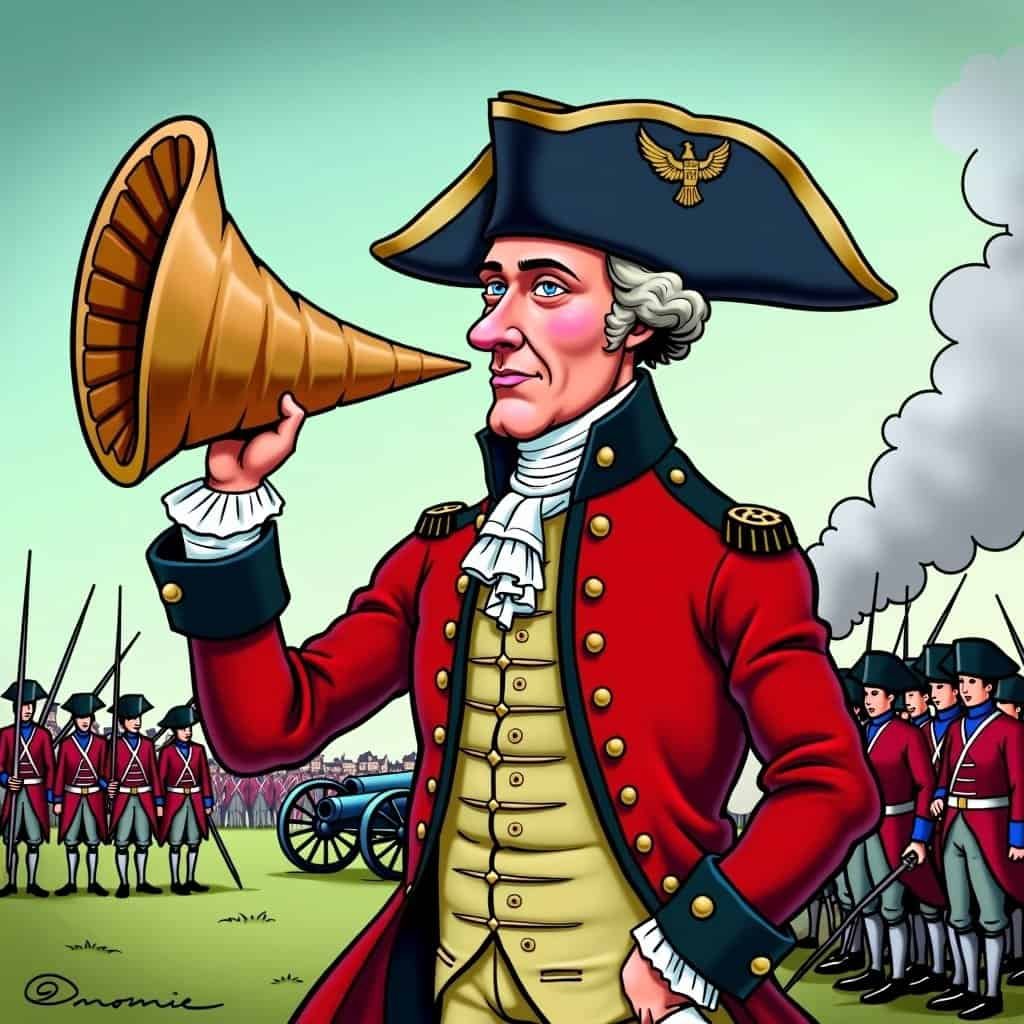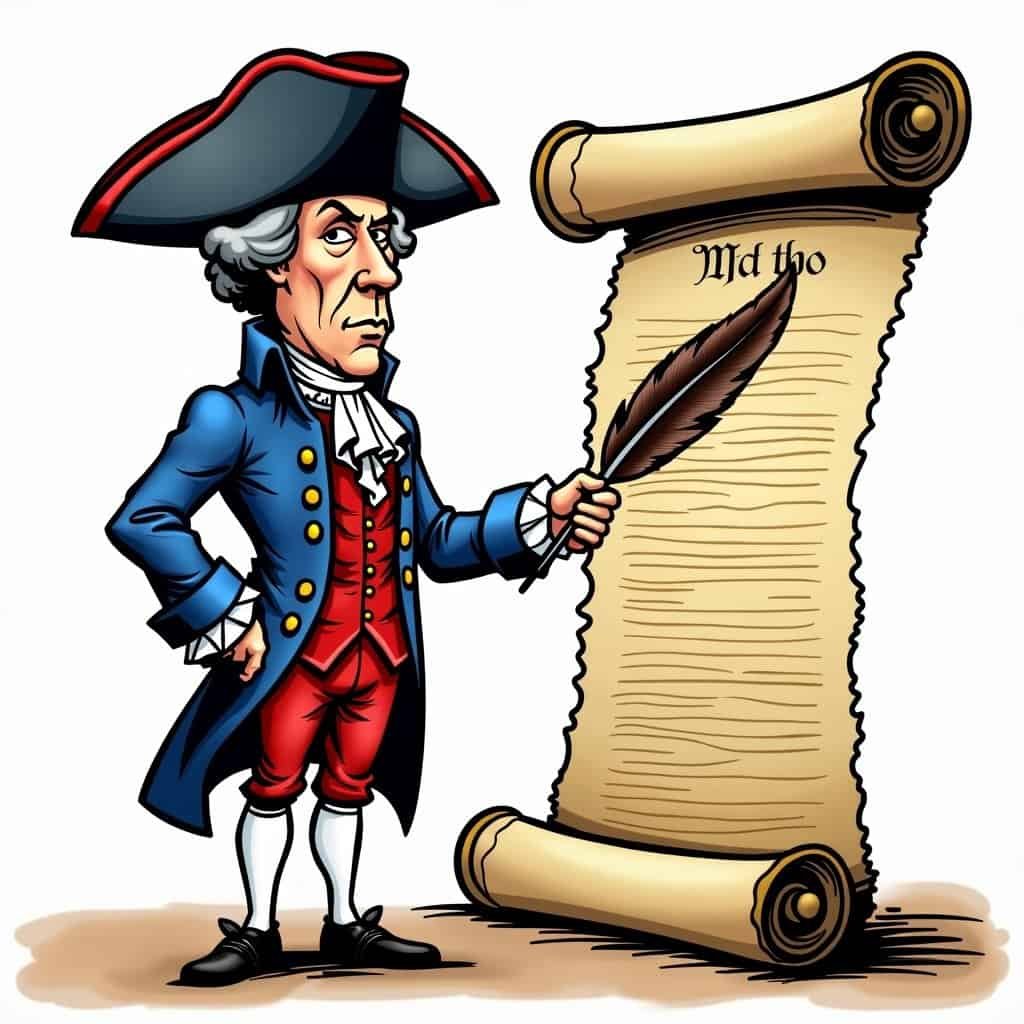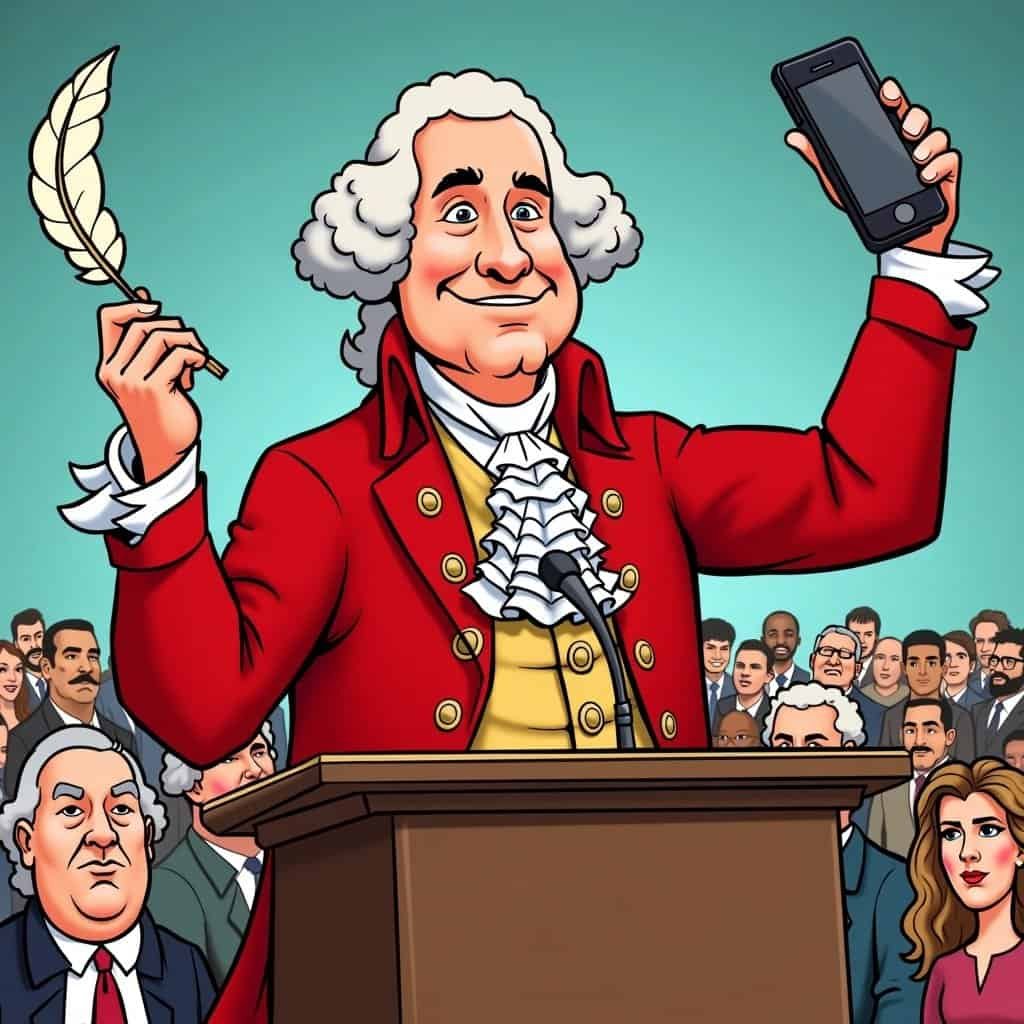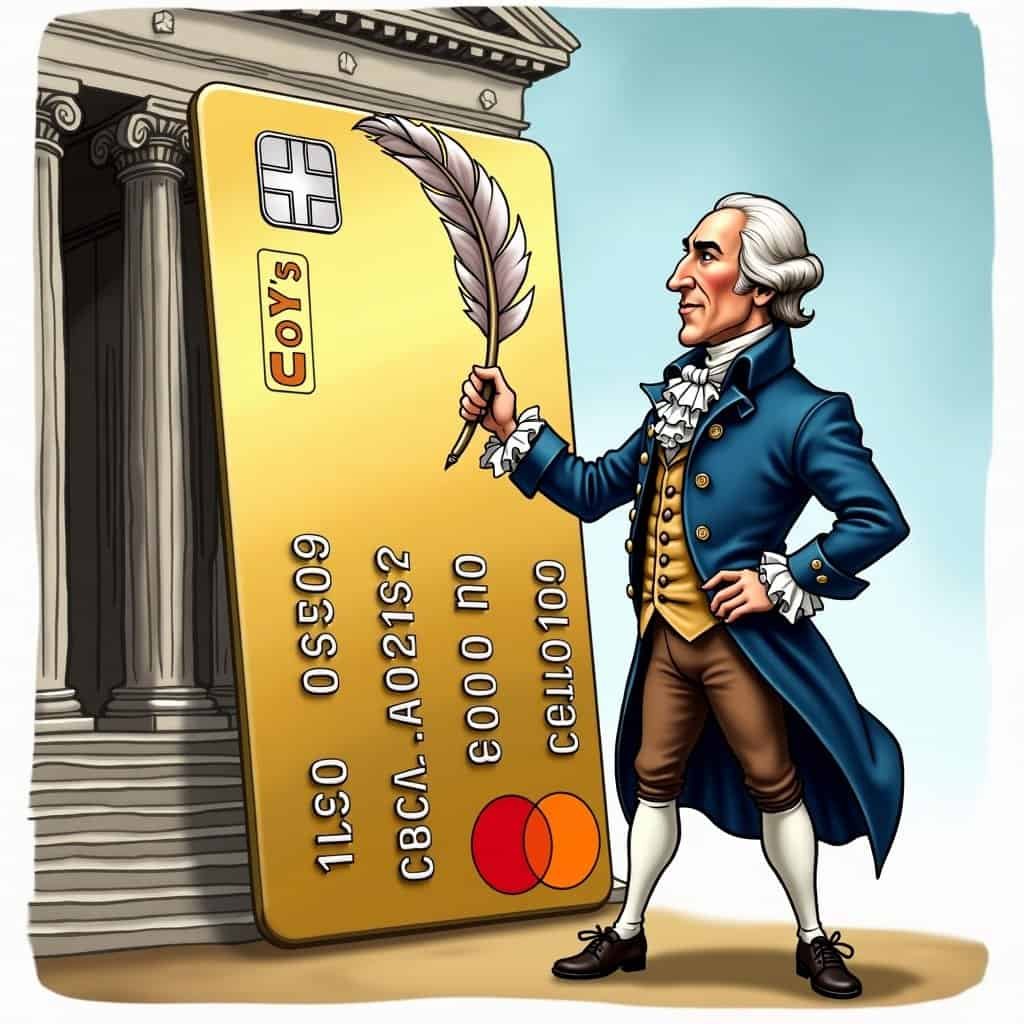In today’s heated debates about economic policies, Alexander Hamilton stands out as a mastermind of financial innovation. This Founding Father wasn’t just a war hero or the subject of a hit musical—he was the genius behind an economic plan that turned a struggling America into a thriving nation.
Picture America in the late 1700s: a jumble of states still reeling from the Revolutionary War’s financial aftermath. The economy was chaos, like the Wild West of fiscal mayhem. In strolls Hamilton, not with a gun, but with a plan so clever it would make even the sharpest accountants raise their eyebrows.
Hamilton championed a robust central government to boost the economy. Now, before conservatives start rolling their eyes, hear me out. Hamilton’s government involvement wasn’t about handouts or babying citizens from cradle to grave. No sir—his approach screamed something Republicans hold dear: personal responsibility and the chance to succeed.
Hamilton’s Debt Strategy: A Masterstroke of Unity
He kicked things off by suggesting the federal government take on state debts. Basically, he said, “Your IOUs are now our IOUs.” While states got nervous, Hamilton knew exactly what he was doing. By pooling these debts, he created a united front—a nation that would work together to pay them off. In his eyes, debt wasn’t a burden; it was a tool. And we all know how much conservatives love a good strategy!
Hamilton’s Economic Vision: A Chart of Progress
| Policy | Purpose | Impact |
|---|---|---|
| Federal Debt Assumption | Unify states financially | Created national economic solidarity |
| National Bank | Regulate currency, provide loans | Strengthened economy and dollar |
| Protective Tariffs | Support domestic industries | Boosted American manufacturing |
The National Bank: Wall Street’s Great-Grandpa
Then came his crowning achievement: the First Bank of the United States. You could say Hamilton was the godfather of Wall Street—minus the slick traders and fancy presentations. He pushed for a national bank to manage currency and give out loans, essentially giving America a financial backbone when European powers were betting on the new country to fail. This move beefed up both the American economy and faith in the dollar—a double dose of economic success and national pride.
Protective Tariffs: The Original “America First” Policy
And let’s not forget his protective tariffs. Yes, conservatives, Hamilton was your early champion of “Buy American” policies. To shield growing industries, he proposed tariffs that encouraged purchasing American-made goods. But he didn’t stop there; he understood the power of motivating domestic production. Who would’ve thought tariffs could help build a booming manufacturing base? Could Hamilton’s foresight have saved us from the flood of cheap foreign products? It’s entirely possible.
Criticism and Opposition: The Original Political Drama
Critics, many of whom were spooked by these bold moves, claimed Hamilton’s vision for centralized banking and tariffs was too controlling. They preferred a hands-off approach, expecting the young economy to sort itself out. Ring any bells? But Hamilton wasn’t trying to play the “government knows best” card. Instead, he aimed to create an economic environment where individual enterprise could flourish; much like tax cuts do today, his methods were designed to spark innovation, entrepreneurship, and social mobility.
And let’s take a moment to chuckle. The man was up against Thomas Jefferson and James Madison—the original odd couple of political squabbling. Talk about herding cats! While Madison dreamed of a nation of farmers living in rustic simplicity, Hamilton saw the bigger picture—a powerful economy of industrial might that could stand tall on the global stage.
Hamilton’s Legacy: The Founding Father of Conservative Economics
Alexander Hamilton’s strategies laid the groundwork for what would later become conservative economic principles: focus on growth, support industry, and build infrastructure to back free markets. Keeping debts in check? He’d laugh at today’s love for endless deficit spending. Backing domestic production and promoting economic independence? Hamilton practically wrote the playbook.
So, next time someone chirps that government involvement always leads to socialism, just remind them of Hamilton—a man who wasn’t scared to take smart risks for the greater good. His policies fortified the American economy during its most vulnerable years, showing us that patriotism is about action, not just talk. Now that’s a Founding Father worth tipping your hat to!
Table of Contents
- Hamilton’s Debt Strategy: A Masterstroke of Unity
- The National Bank: Wall Street’s Great-Grandpa
- Protective Tariffs: The Original “America First” Policy
- Criticism and Opposition: The Original Political Drama
- Hamilton’s Legacy: The Founding Father of Conservative Economics






